Close Quarters
A chaotic, colorful, retro-inspired multiplayer strategy game.
How to Play

How to Play
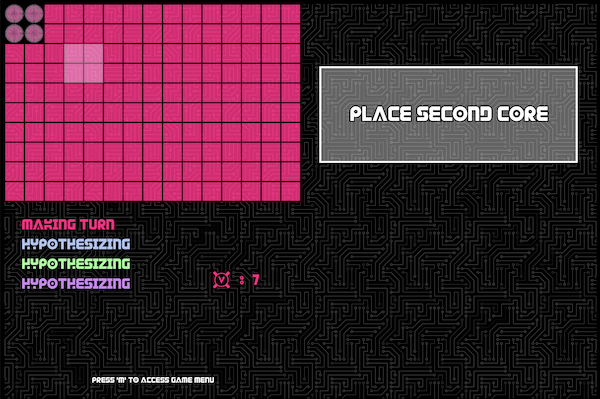
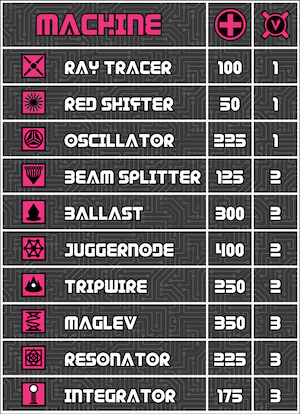


How to Play
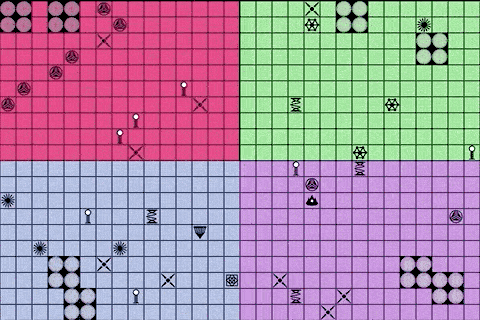
How to Play
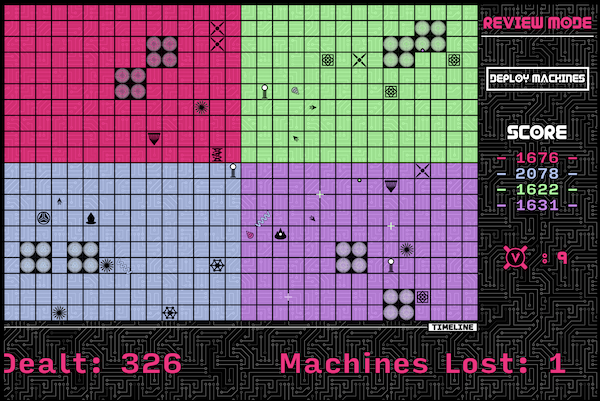

Ray Tracer
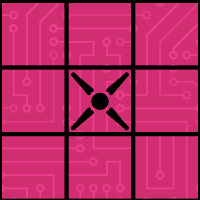
The Ray Tracer is a precise offensive machine used for reliable multifrontal attacks. It alternates firing horizontally and vertically, dealing low damage with each blast.
Red Shifter

The Red Shifter is a long-range offensive unit. It randomly fires in two directions simultaneously and the strikes must travel at least 10 tiles in order to do damage and does additional damage for each tile traversed.
Oscillator

The Oscillator is an inexpensive defensive unit that generates a single, powerful projectile at the start of each round. The charge begins diagonally and then acts as a random mover until hitting a target.
Beam Splitter

The Beam Splitter is a unique offensive unit that fires diagonally before splitting off in one of two directions. It can be used to hit otherwise difficult channels that lie between a straight shot and true diagonal.
Ballast
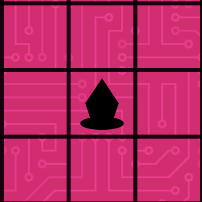
The Ballast is an advanced machine used for precise strikes on a limited set of targets. Its electric field rotates between six possible locations, delivering sustained damage.
Juggernode

The Juggernode is a defensive unit that also delivers diagonal strikes. Its photon beam deals a small amount of damage to everything in its path.
Tripwire
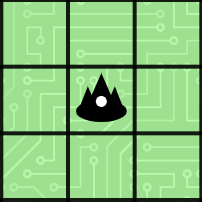
The Tripwire is a retaliatory machine that returns energy at a higher frequency. It requires an initial stimulus to activate or become 'tripped' and then a second stimulus in quick succession to fire. The powerful pulses cover a short distance and cannot be blocked by other machines or cores.
Maglev

The Maglev is an offensive powerhouse that emits magnetic pulses in all directions. These strikes begin with a high base damage that fades as they travel.
Resonator
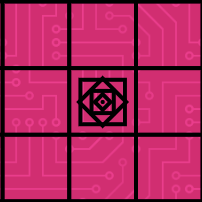
The Resonator is a resiliant, area-of-effect damage dealing, catapult-style machine that delivers severe damage in an area once reaching its destination. The sheer power of the attack causes erratic projectile fire that travels in a random direction and hits a random number of spaces away.
Integrator
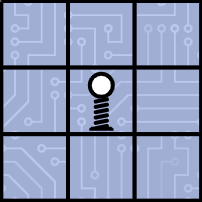
The Integrator is a high-potential machine that gains strength with each round it remains active. Its beams fires less frequently than other units, but cover four paths with total certainty.